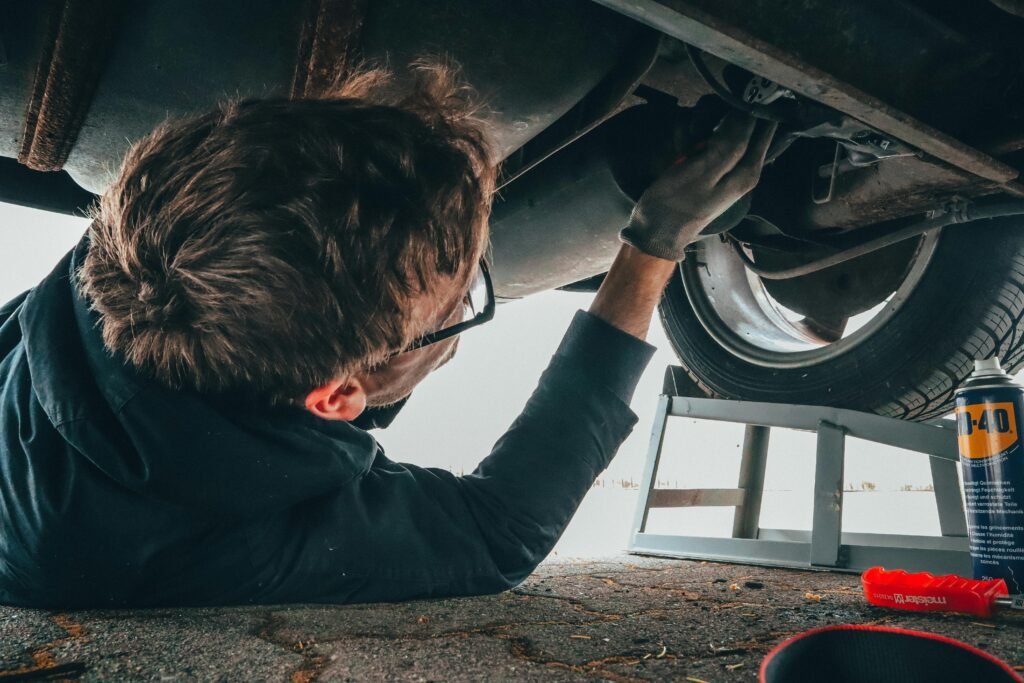When it comes to vehicle safety and performance, few parts are as critical yet often overlooked as the wheel hub assembly. This essential component ensures smooth wheel rotation, stable handling, and reliable braking performance. But what exactly is a wheel hub assembly, how does it work, and why is it so important to maintain?
This comprehensive guide will explain everything you need to know about the wheel hub assembly, including its function, components, symptoms of failure, replacement process, and maintenance tips.
Understanding the Wheel Hub Assembly
The wheel hub assembly, also called a hub assembly, hub unit, or wheel bearing and hub assembly, is a pre-assembled unit that combines the wheel hub, wheel bearing, and sometimes the ABS sensor into a single component.
It is mounted between the drive axle and the brake and wheel, allowing the wheel to rotate freely while supporting the vehicle’s weight. In modern vehicles, hub assemblies are used instead of traditional serviceable bearings because they are more reliable, easier to install, and require no adjustment.
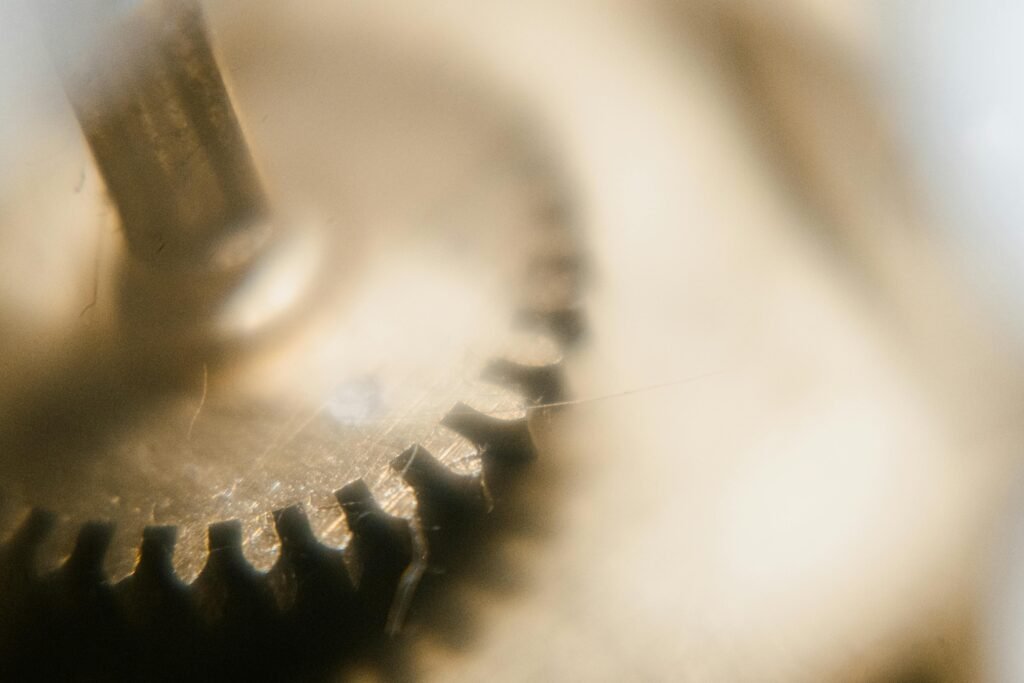
Components of a Wheel Hub Assembly
A typical wheel hub assembly includes:
- Wheel Hub
- The central part that connects to the wheel and brake rotor.
- Provides mounting points for the wheel studs or bolts.
- Wheel Bearing
- A precision-engineered bearing that reduces friction and allows smooth wheel rotation.
- Usually a sealed bearing that does not require lubrication.
- ABS Sensor (Optional)
- In many modern vehicles, the hub assembly integrates an ABS tone ring and sensor.
- Provides critical data to the anti-lock braking system.
- Mounting Flange
- The surface that bolts directly to the suspension knuckle or spindle.
- Provides secure support for the hub and bearing.
Function of the Wheel Hub Assembly
The wheel hub assembly serves several important roles:
- Wheel Rotation – Allows the wheel to spin smoothly with minimal resistance.
- Load Support – Carries the vehicle’s weight and distributes forces during driving.
- Safety and Stability – Maintains correct wheel alignment and prevents wobbling.
- ABS Integration – Provides accurate wheel speed data to improve braking safety.
- Durability – Protects bearings and internal components from dirt, debris, and moisture.
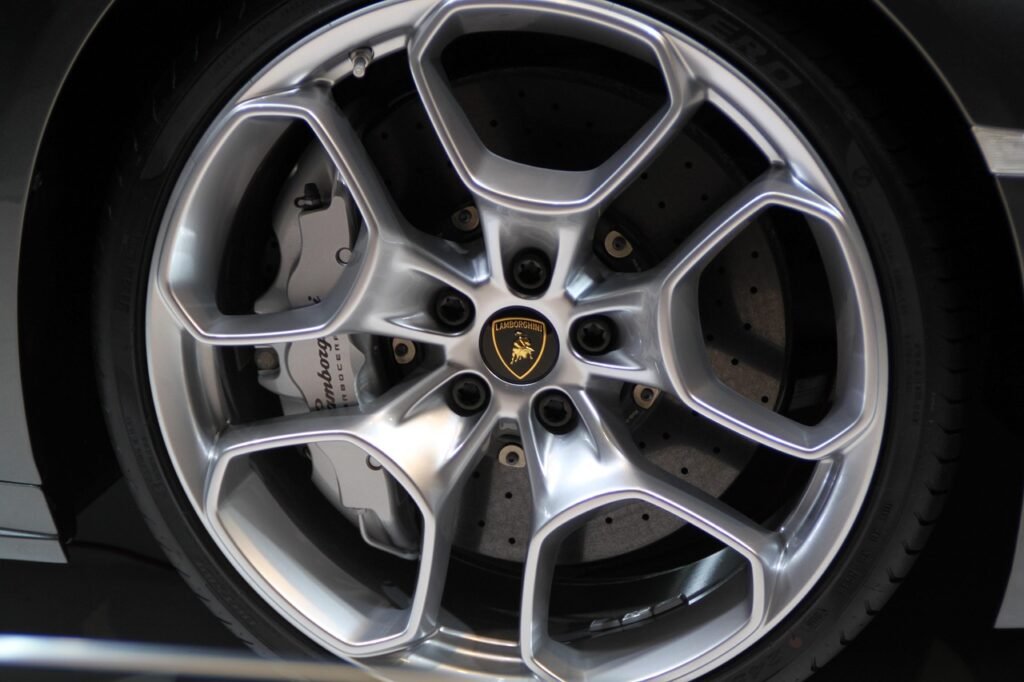
Types of Wheel Hub Assemblies
There are three main generations of hub and bearing assemblies:
- Gen 1 Wheel Bearings
- Separate double-row bearings pressed into the hub or knuckle.
- Requires special tools to install.
- Gen 2 Hub Assemblies
- Integrated hub and bearing design.
- Easier installation with fewer parts.
- Gen 3 Hub Assemblies
- Fully integrated unit with hub, bearing, flange, and mounting bolts.
- Often includes an ABS sensor.
- Very easy to replace but generally more expensive.
Symptoms of a Bad Wheel Hub Assembly
A failing wheel hub assembly can lead to unsafe driving conditions. Watch for these common signs:
- Grinding, humming, or roaring noise from the wheels.
- Vibration or looseness in the steering wheel.
- Uneven tire wear due to wheel misalignment.
- ABS warning light if the sensor is integrated into the hub.
- Wheel play when rocked by hand during inspection.
- Pulling to one side while braking.
Ignoring these symptoms can cause severe damage to your vehicle and compromise safety.
Causes of Wheel Hub Assembly Failure
Several factors contribute to hub assembly wear and failure:
- Normal wear and tear over thousands of miles.
- Exposure to water, salt, and road debris, leading to corrosion.
- Heavy loads or towing, which place extra stress on the bearings.
- Poor-quality replacement parts that wear out prematurely.
- Improper installation that damages the bearing or seals.
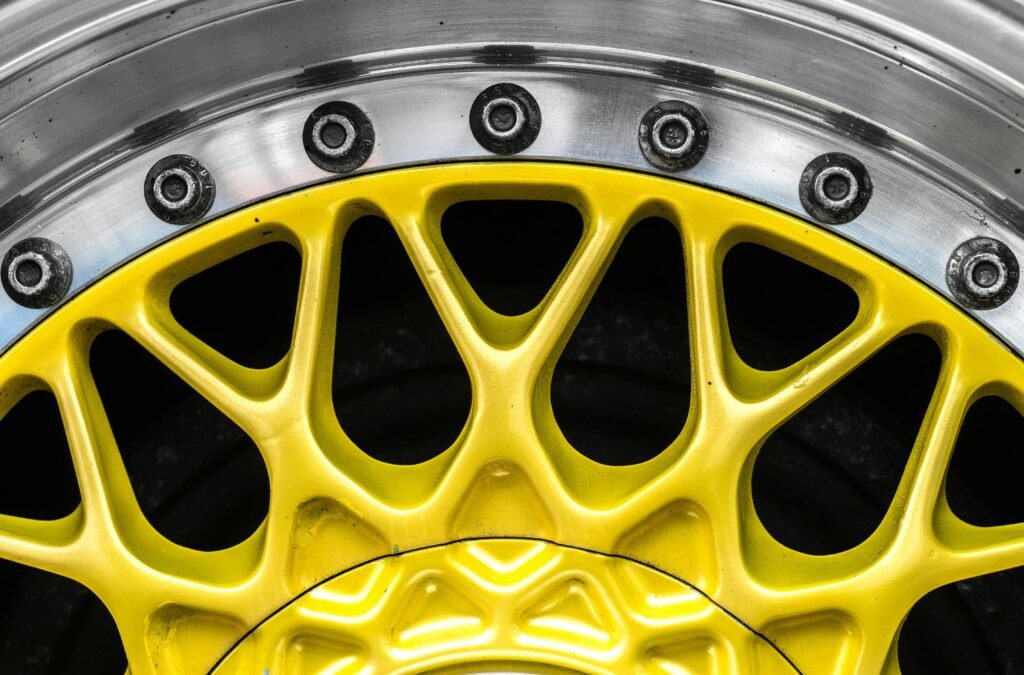
How to Inspect a Wheel Hub Assembly
Mechanics typically use the following methods:
- Noise Test – Listen for grinding or humming while driving.
- Wheel Rock Test – Jack up the car, grab the wheel at 12 and 6 o’clock, and rock it to check for looseness.
- Spin Test – Rotate the wheel by hand to feel for roughness or resistance.
- ABS Scan – If equipped, check ABS system data for irregular signals.
How to Replace a Wheel Hub Assembly
Replacing a hub assembly is often simpler than replacing individual bearings, especially for Gen 2 and Gen 3 units. Here’s a step-by-step overview:
- Park the car on a flat surface and lift it with a jack and jack stands.
- Remove the wheel and brake caliper assembly.
- Remove the brake rotor to expose the hub assembly.
- Disconnect the ABS sensor if integrated.
- Unbolt and remove the hub assembly from the steering knuckle.
- Install the new hub assembly and torque bolts to specifications.
- Reinstall the brake rotor, caliper, and wheel.
- Lower the vehicle and perform a road test.
How Much Does a Wheel Hub Assembly Replacement Cost?
- Parts: $80–$300 per hub assembly depending on vehicle type and quality.
- Labor: $150–$300 per wheel at most repair shops.
- DIY cost: Just the price of the hub assembly if you have the tools.
On average, the total replacement cost ranges from $250 to $600 per wheel.
How Long Does a Wheel Hub Assembly Last?
A high-quality wheel hub assembly typically lasts 85,000 to 120,000 miles. Driving conditions, road quality, and maintenance habits can significantly affect lifespan.
Maintenance Tips for Wheel Hub Assemblies
While hub assemblies are sealed and require no direct service, you can extend their life by:
- Avoiding deep water, potholes, and rough terrain.
- Inspecting hubs during brake service.
- Rotating tires regularly to prevent uneven load.
- Using OEM-quality hub assemblies for replacements.
Wheel Hub Assembly vs. Wheel Bearing
It’s important to note that while the wheel bearing is part of the hub assembly, the terms are not always interchangeable:
- Wheel Bearing – The internal bearing unit that allows smooth rotation.
- Wheel Hub Assembly – A complete pre-assembled unit that includes the wheel bearing, hub, flange, and sometimes ABS sensor.
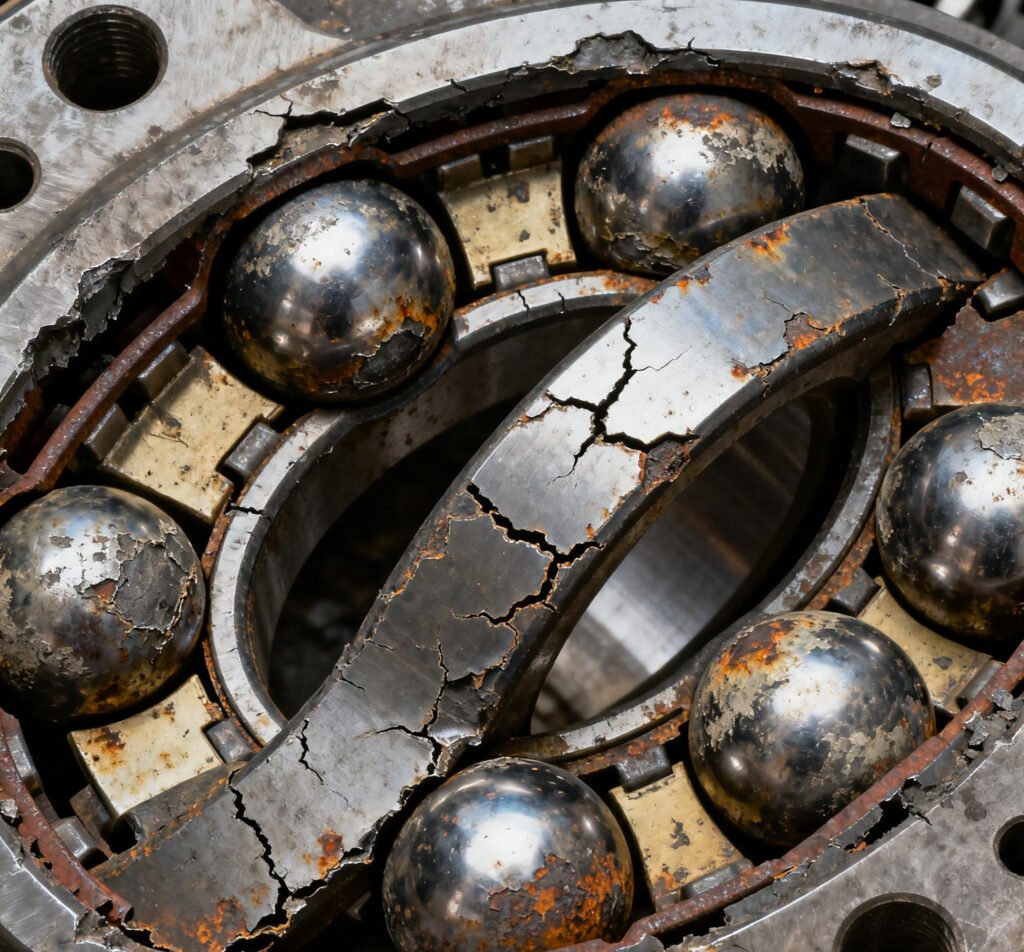
Conclusion
The wheel hub assembly is one of the most important components in your vehicle’s suspension and steering system. It ensures smooth wheel rotation, supports the vehicle’s weight, and plays a key role in braking and handling.
Recognizing the symptoms of a bad hub assembly—such as grinding noises, wheel play, or ABS warnings—can help you avoid unsafe driving conditions and expensive repairs. With proper maintenance and timely replacement, a wheel hub assembly can last over 100,000 miles and keep your vehicle running safely and smoothly.
If you suspect your hub assembly is failing, don’t delay—inspect it immediately and replace it with a high-quality OEM or aftermarket unit to protect your car’s performance and your safety.


